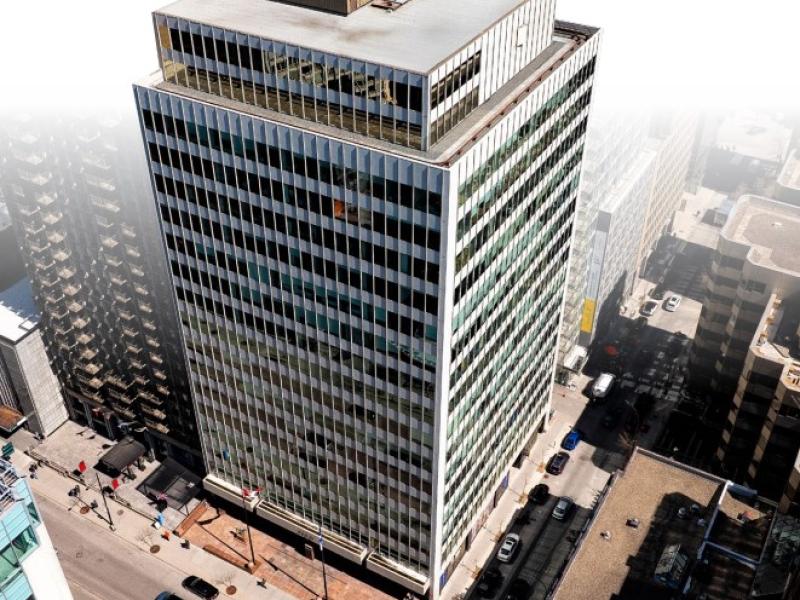On the West Coast, where it’s only a matter of time before the Big One, or more than one, hits and swamps the Pacific Rim with a tsunami, most people choose not to purchase earthquake insurance.
Is there a lesson here for the rest of us facing record annual flooding and other severe weather?
Premiums for quake coverage are expensive – for U.S. locations it can run $100 to $400 a month or even more, depending on house value, age, construction method, location adjacent to a fault line and what optional coverages the policy includes. (This is on top of your regular home insurance).
A handy calculator from the California Earthquake Authority helps property owners estimate their premiums.
Last big quake in 1994
The last big quake in California was the Northridge earthquake in 1994. This magnitude 6.7 earthquake struck the San Fernando Valley region of Los Angeles, killing about 60, injuring 9,000, and causing widespread damage.
A 2015 forecast from the United States Geological Survey stated a 74 per cent chance of another quake in the area of magnitude 7.0 or greater within the next 30 years. Even a 7.0 quake would be almost double in size the Northridge quake and 2.8 times the energy release.
And yet, only about 10 per cent of Californians purchase earthquake insurance. Some people deny the Big One is coming. Others figure if their homes could stand up to Northridge, they’ll be fine.
This story in the Orange County Register concluded earlier this year many people simply think earthquake insurance costs too much. After Northridge, rates did spike, but have since decreased.
Insurers have become creative with flexible pricing – homeowners can opt for a deductible between five to 25 per cent, how much personal property coverage and loss of use coverage they would like and if they want add-ons such as masonry veneer and breakable items coverage.
Insurers have little appetite for extra risk
From my understanding of how the insurance industry works, insurance premiums themselves are not where the money is made – it’s on the investments made by insurance companies with that recurring revenue.
If they find themselves having to pay more claims, more often, they must raise rates, increase deductibles or even pull certain types of coverage.
Consider the option in California to take a deductible of up to 25 per cent on an earthquake policy. Sure, that will save you on your monthly premium, but if your home was seriously damaged in a quake, you would easily be on the hook for 10s of thousands of dollars in repairs.
And here we are, faced with the prospect “Storm of the Century” weather events may in fact become “Storm of the Decade” events. I talked about this issue of property damage risk from Mother Nature and insurers’ appetite for risk in the spring with the record floods we had here in Eastern Ontario.
And now in the past few weeks we have had the destruction wrought by Hurricanes Harvey, Irma and Jose, and fresh flooding across parts of Ontario due to heavy August rains.
It’s human nature to build where it’s convenient. Floodplains are easier to develop than rocky, hilly terrain and much better for growing crops and raising livestock. Volcanic areas are also great for agriculture.
We focus on the short-term benefits and discount the potential risk. And we prize that waterfront property or the dramatic vista afforded by a smoking peak.
You can’t deny Mother Nature
Ever hear the term “psychological denial”?
This phenomenon has been studied in the context of dams. To quote Jared Diamond:
“Consider a narrow river valley below a high dam, such that if the dam burst, the resulting flood of water would drown people for a considerable distance downstream. When attitude pollsters ask people downstream of the dam how concerned they are about the dam’s bursting, it’s not surprising that fear of a dam burst is lowest far downstream, and increases among residents increasingly close to the dam. Surprisingly, though, after you get just a few miles below the dam, where fear of the dam’s breaking is found to be highest, concern then falls off to zero as you approach closer to the dam! That is, the people living immediately under the dam, the ones most certain to be drowned in a dam burst, profess unconcern. That’s because of psychological denial: the only way of preserving one’s sanity while looking up every day at the dam is to deny the possibility that it could burst.”
Live in denial if you want, just be prepared to pay the price later.
Coastal areas can build bigger levees. Towns and cities along inland waterways can build bigger storm sewers. But all these measures end up costing you, the taxpayer.
Storm surges associated with major weather events can and have resulted in ocean levels rising by more than 25 feet above mean sea level – if you’re near oceanfront and less than 25 feet above sea level, expect to get really wet sometime. The massive surge following the 2011 Japan earthquake brought waves up to 133 feet high that travelled six miles inland.
As Mother Nature continues to prove, she’s quite capable of mustering enough strength to overwhelm our defences.
When is personal responsibility a requirement?
Government is and will continue to help, but has had to limit how much of the cleanup and reconstruction bill it’s willing or able to cover. And is it fair to expect other taxpayers to bail you out (no pun intended) if you choose to live in an area with elevated risk for a natural disaster?
That leaves the insurance companies, and when they say enough, what’s left is us, the individual property owners.
In the end, it comes down to taking the time to do your due diligence and act with prudence before committing to a purchase. If you already own a property in a high-risk area, take a cold and practical long-term view. Understand your risks or invest in measures to reduce them.
Failing those options, you may just have to resign yourself to a future loss.
Psychological denial and real estate make poor bedfellows.
To discuss this or any other valuation topic in the context of your property, please contact me at jclark@regionalgroup.com. I am also interested in your feedback and suggestions for future articles.








